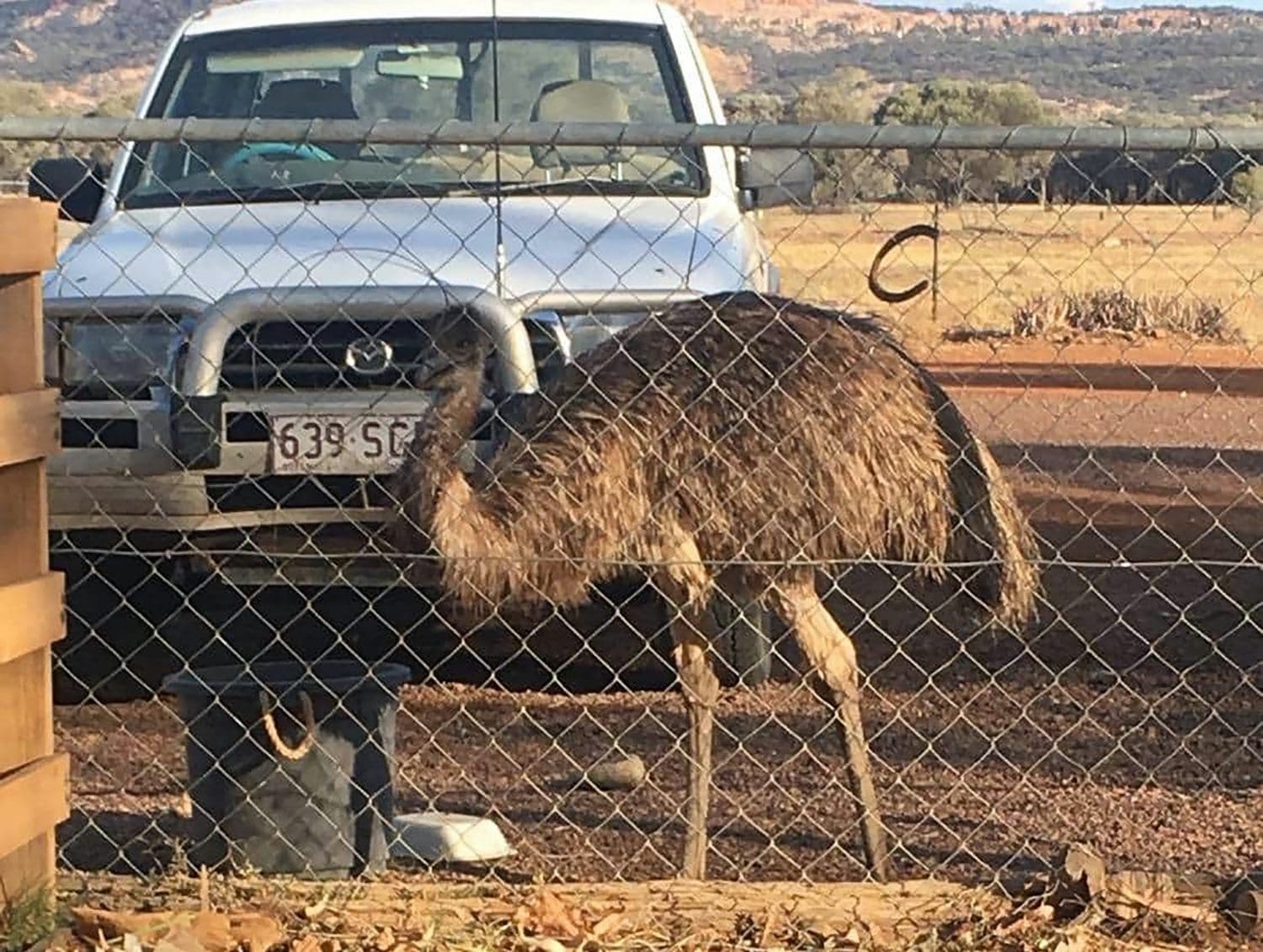Vietnam recently announced a ban on much of the country’s wildlife trade. The order, published on the government’s website on 23 July, said that it was suspending imports of wildlife species, dead or alive, including their “parts or derivatives”. It also banned people from ‘participating in’ the illegal wildlife trade, which includes the consumption of wildlife. Furthermore, the government has said it will “eliminate market and trading sites” where sellers offload the illegal wildlife.
The announcement is cause for celebration. Because the wildlife trade poses an existential danger to humans and other animals. Many suspect the coronavirus (Covid-19) pandemic had its origins in a wildlife market. And the trade in many species is threatening their long-term survival.
But there’s a serious catch in Vietnam’s anti-pandemic measure, one replicated elsewhere in Asia.
The ban
Vietnam took swift and decisive action back in January to tackle coronavirus. Despite its close proximity to China, where the pandemic started, it has no recorded deaths from the disease, and Johns Hopkins University puts its count for infections at 431.
Now the authorities are bringing in measures to pandemic-proof for the future. As the United Nations Environment Programme (UNEP) and the International Livestock Research Institute (ILRI) pointed out in a report earlier this month, humans’ use and exploitation of wildlife is a key driver of zoonotic diseases – diseases that can transfer between humans and other animals – like Covid-19. UNEP executive director Inger Andersen said:
The science is clear that if we keep exploiting wildlife and destroying our ecosystems, then we can expect to see a steady stream of these diseases jumping from animals to humans in the years ahead
So the Vietnamese government is bringing a fairly sweeping ban on the wildlife trade to tackle this particular threat. According to the BBC, the government notice read:
The prime minister orders the suspension of imports of wildlife – dead or alive – their eggs… parts or derivatives…
All citizens, especially officials… must not participate in illegal poaching, buying, selling, transporting… of illegal wildlife.
The order also said that the authorities will “resolutely eliminate market and trading sites which trade wildlife illegally”.
What’s legal?
The notice, however, repeatedly uses the word ‘illegal’. So it appears the government hasn’t prohibited all trade in wildlife under the new rules. There seem to be exceptions. Director of Save Vietnam’s Wildlife Nguyen Van Thai told Reuters:
The wildlife consumption ban mentioned in the directive is insufficient as some uses of wildlife such as medicinal use or wild animals being kept as pets are not covered
It would be better to have a clear and detailed list of the various uses of wildlife that are prohibited.
While highly problematic, these omissions are not surprising. Vietnam has a thriving traditional medicine market, and the wildlife trade to feed it. The same is true in China. It’s introduced a variety of restrictions on the wildlife trade since the pandemic started. But bans on the use of wildlife for medicinal purposes haven’t been forthcoming in China either. In fact, the Chinese government continues to sanction the use of certain wildlife species for this purpose. Because in its most recent pharmacopoeia, a compendium of approved medicines, it includes medicines that list parts from these animals among their ingredients.
Meanwhile, though these governments may continue to categorise the use of certain wildlife species for medicine as legal, that doesn’t mean the targeted animals will be obtained through legal means. There are serious questions over whether the legal and illegal trades in wildlife for these purposes go hand in hand.
Half measures
To stave off the threat of further pandemics, authorities around the world – particularly in Asia where there is a large traditional medicine market – need to bring in a total ban on wildlife consumption. The consumption of any wild animal, in any form, is a risk. As the Environmental Justice Foundation’s co-founder and executive director, Steve Trent, wrote in the Revelator in April:
it’s the intermixing of multiple species that occurs in the wildlife trade — species that don’t normally mix closely in the wild — that likely forms the pool for virus transmission, possibly with mutations from one species to another.
Trent also argued that, as we over-exploit and deplete each wild species for consumption, we then move on to another. He said this creates “the potential for novel viruses” to emerge.
The wildlife trade is, however, not the only driver of emerging diseases like Covid-19. The UNEP report identified humans’ increasing consumption of other animals as food, intensive and unsustainable farming, and land degradation as contributing factors. The report also highlighted the climate crisis as an instrumental factor, which is the other, arguably greater threat humanity faces right now. In fact, most of the drivers of emerging diseases have hastened that very environmental collapse.
In short, as a global human community, we need to reimagine our relationship with the rest of the natural world to stand a chance of combating pandemics and the climate emergency. Because all of Earth’s natural beings – the plants, animals (including humans), and the ecosystems they co-create – are reliant on each other.
The UNEP says we must “unite” as one living world. That means all of us, no exceptions and no half measures.
Featured image via YouTube – VTC Now











